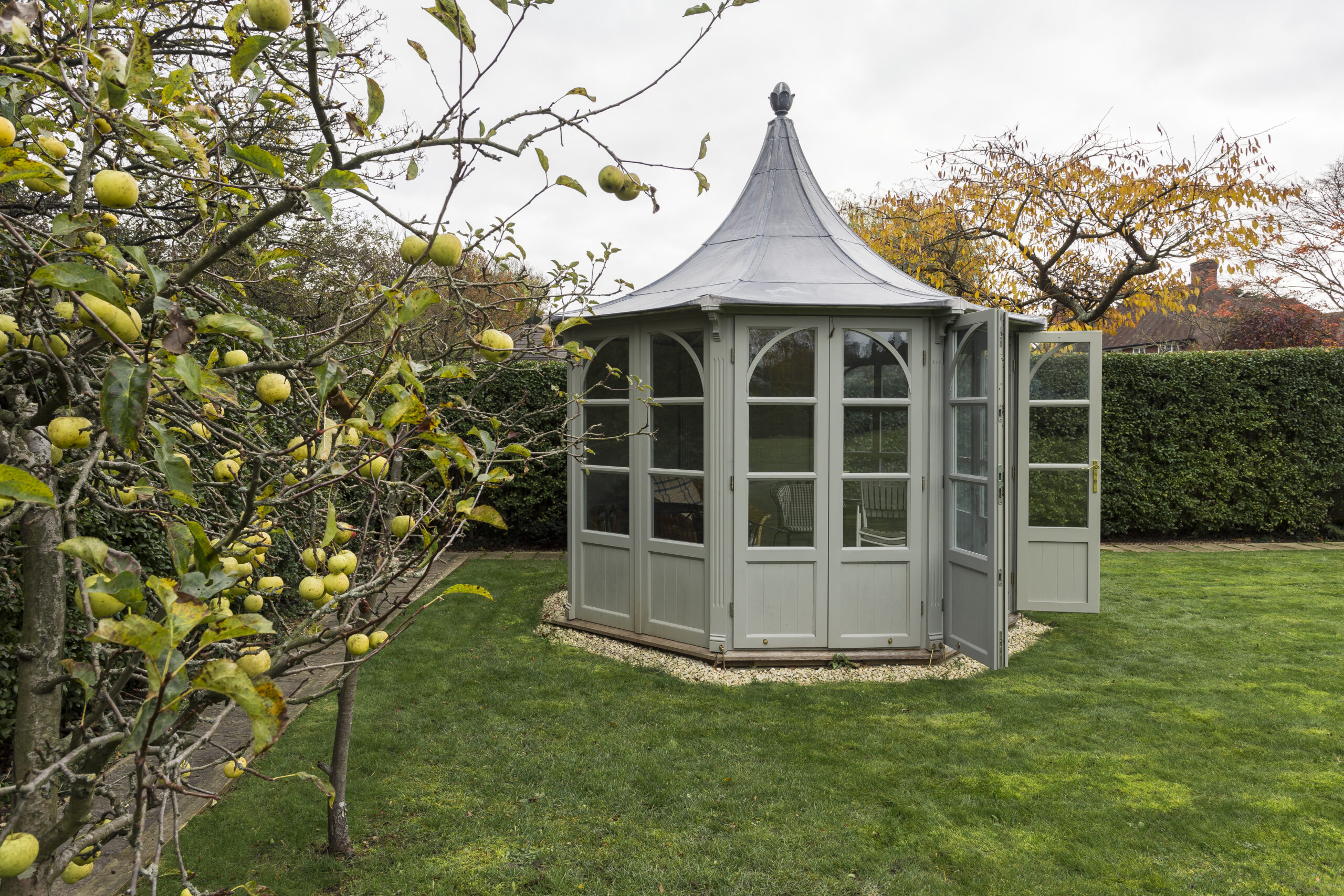A gazebo is a nice covered area found in gardens, parks, or large outdoor spaces. It’s a great place for relaxation and outdoor activities. The way it’s constructed, the materials used, and its unique features matter a lot. These aspects determine how useful and attractive the gazebo is. We’ll explore six important factors that contribute to a gazebo’s appeal.
1. Design and Style
The design and style of a gazebo are pivotal in defining its character and how it complements its surroundings. Gazebos come in various shapes – octagonal, rectangular, or even custom designs to fit specific themes. Traditional gazebos often feature a Victorian or classic look, while contemporary ones may have a minimalistic and modern feel. The style selected should harmonise with the landscape and the architectural style of nearby buildings.
2. Durable Materials
Durability is key when selecting materials for a gazebo. Commonly used materials include wood, metal, and vinyl. Wood, such as cedar or redwood, is popular for its natural beauty and sturdiness but requires regular maintenance.
Metal, like wrought iron or aluminium, offers longevity and a distinct style. Vinyl, meanwhile, provides ease of maintenance and resistance to weather elements. The choice of material will impact the gazebo’s longevity, maintenance needs, and overall appearance.
3. Weatherproofing Features
To ensure the gazebo remains a year-round haven, weatherproofing is essential. This includes considering aspects like waterproof pop up gazebos, which are particularly useful for unpredictable weather. Roofing materials should be chosen for their ability to withstand various weather conditions.
Thatched roofs offer a traditional appearance but may not be as durable as metal or shingle roofs. Additionally, side panels or screens can protect against wind and insects, making the gazebo a more comfortable space.
4. Comfortable Seating
A gazebo without comfortable seating is like a garden without flowers. Seating options can range from built-in benches to freestanding chairs and lounges. The choice depends on the intended use – whether it’s for quiet reading, hosting gatherings, or simply enjoying the outdoor scenery. Cushions and throws can add comfort and style, but they should be made of weather-resistant fabric.
5. Lighting and Electrical Setup
Effective lighting can transform a gazebo into a magical space at night. From integrated LED lighting to classic lanterns, the options are vast.
Additionally, having an electrical setup for speakers or a ceiling fan can enhance the functionality and comfort of the gazebo. However, it’s crucial to ensure that all electrical installations are safely done, preferably by a professional, and comply with local regulations.
6. Landscaping and Surroundings
The beauty of a gazebo is amplified by its surroundings. Landscaping plays a significant role in integrating the gazebo into the outdoor space.
This might include flower beds, shrubbery, or climbing plants on the gazebo itself. A well-thought-out pathway leading to the gazebo, perhaps lined with lights or plants, adds to the overall ambience and accessibility.
The Heart of Outdoor Elegance
In conclusion, a gazebo is more than just a structure; it’s a sanctuary that blends functionality with aesthetic beauty. By carefully considering these six elements – design, materials, weatherproofing, seating, lighting, and landscaping – one can create a gazebo that not only stands out as an architectural feature but also serves as a heartwarming space for relaxation and enjoyment. The thoughtful integration of these elements ensures that the gazebo becomes an enduring and cherished part of any outdoor environment.

